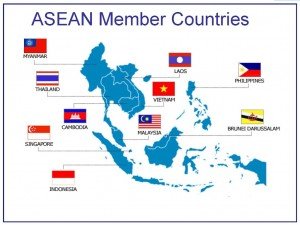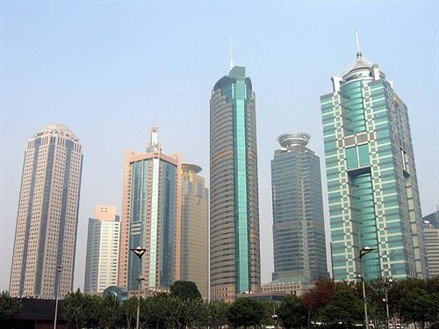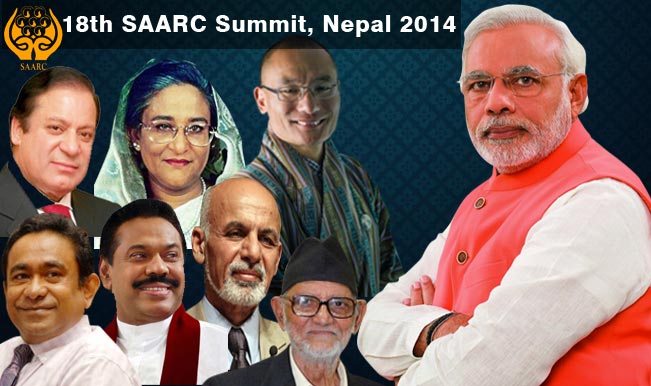
When we concentrate on International merchandise trade data, ASEAN as an entity registered total exports of US $12, 42, 286 millions. Singapore again manage to top the charts by representing almost one third of the total exports whereas Laos stayed at the bottom of the list with exports as low as US $1746 millions. In terms of Imports, ASEAN in aggregate registered imports worth US $11, 46, 305 millions, out of which a larger share came from Singapore with aggregate imports worth US $365, 709 millions which is again approximately 1/3rd of the total imports. These facts signify how important Singapore is in ASEAN. There are nations like Laos, The Philippines, Thailand and Vietnam who also carried a burden of trade deficit.
You might like reading:

Property price bubble in China- Part I
“It doesn’t matter if a cat is black or white, so long as it catches mice.” – Deng Xiaoping, Former Chinese premier These words of none other than the architect of liberalized China indicate the spirit of modern China- the economic powerhouse of the 21st century. Yes, china has arrived on the world stage and has brought about series of […]

The challenging Political scenarios in South Asia
In the recent concluded SAARC Summit (Nov. 2014) Indian Prime Minister Narendra Modi requested to all the participating nations to work towards ‘Change Cynicism to Optimism’. There is change in political environment of almost every South Asian countries. Concluded 18th Summit of SAARC (South Asian Association for Religion Cooperation) at Nepal, Kathmandu on Nov, 26-27, 2014 suggests the change in the political scenario of South Asia. […]






























